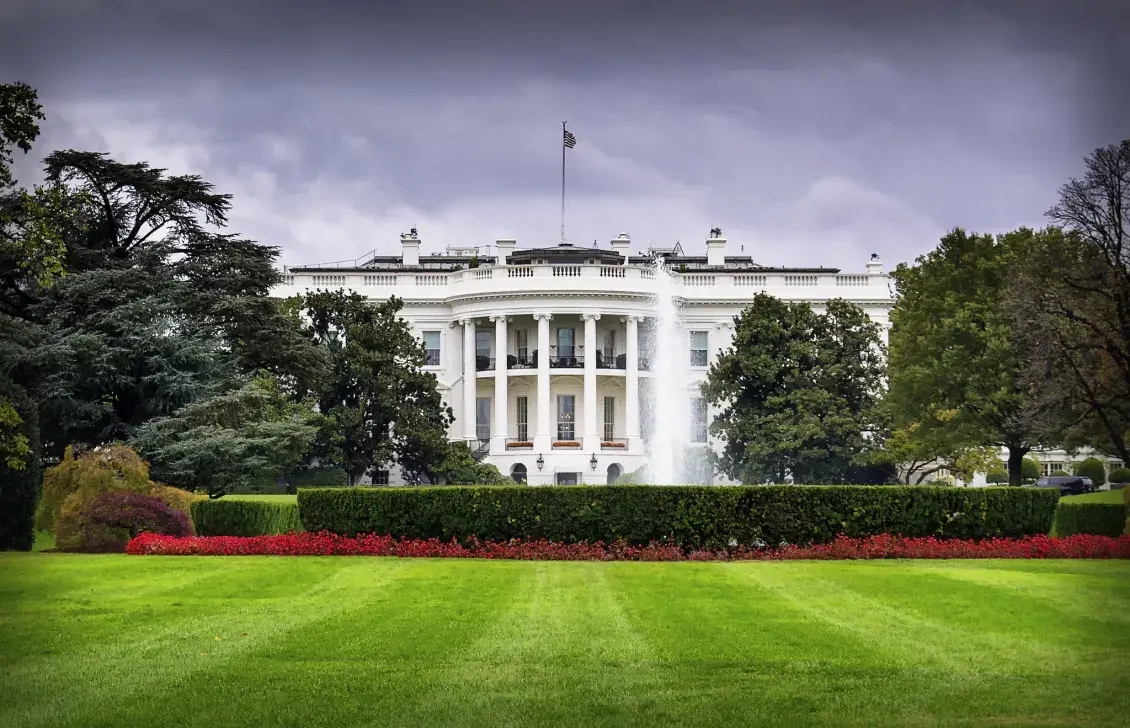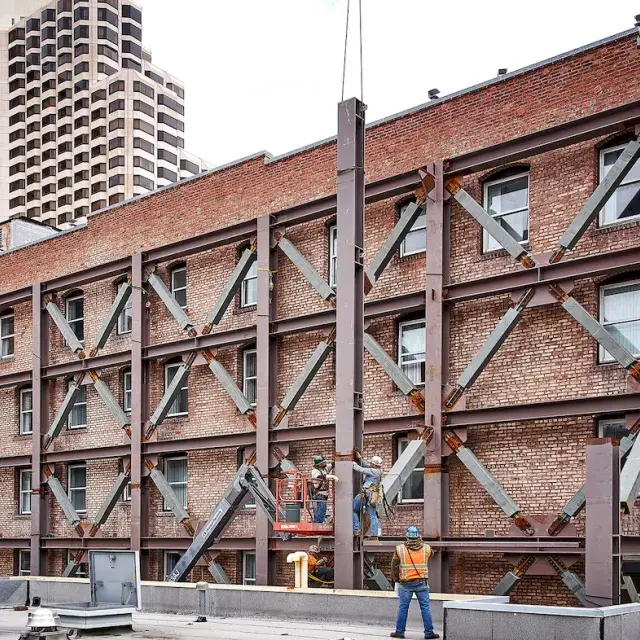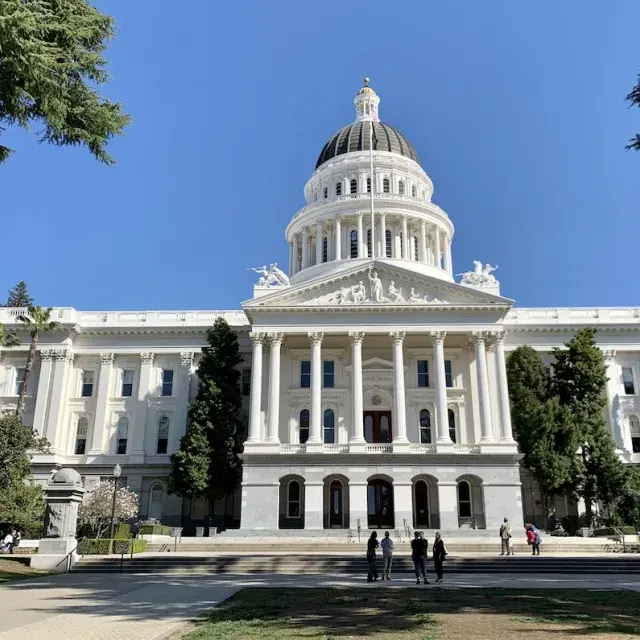President Biden has released his request for the fiscal year 2024 budget, kicking off the start of the FY24 appropriations cycle. The $6.9 trillion request focuses on addressing inequity, rising costs, and climate change. It also includes significant investments and proposals included in Enterprise’s policy priorities. The President’s budget, while not legally binding, serves as a jumping-off point for the House and Senate to draft their bills for the 2024 fiscal year.
Here’s an overview:
HUD
Overall, the request calls for HUD to be funded at $73.3 billion, a $1.1 billion increase from FY23 enacted levels. Some highlights include:
- $32.7 billion for Housing Choice Vouchers. Of this, $25 million is carved out for mobility-related services. The increase in Tenant-Based Rental Assistance is $5.1 billion over FY23. The amounts proposed in the President’s Budget would expand assistance to over 200,000 additional households, including
- $565 million to support approximately 50,000 new incremental vouchers which would prioritize residents fleeing from domestic violence and households experiencing homelessness
- Approximately 130,000 additional vouchers in program reserves
- 20,000 vouchers for youth aging out of foster care in proposed mandatory funding (more below)
- $15.5 billion for Project-Based Rental Assistance, over $1.56 billion more than FY23 enacted levels
- $8.9 billion for the Public Housing Operating Fund, including $5.1 billion for the operating fund and $3.2 billion for the capital fund formula (The full $8.9 billion also includes resources for emergency capital needs, funding to address lead-based hazards, and other priorities.)
- $3.4 billion for the Community Development Fund, of which $3.3 billion is for CDBG (level with FY23). It also includes $85 million for the “Yes in My Back Yard” grant program, equal to FY23.
- $3.75 billion for Homeless Assistance Grants, $116 million above FY23
- $1.8 billion for HOME, $300 million above FY23 levels (This also includes $100 million for a down payment assistance program targeted to support first-generation, first-time homebuyers.)
- $1 billion for Section 202 housing for the elderly, a slight decrease from the $1.08 billion provided for the program in FY23
- $1 billion for Indian Housing Block Grants, $33 million above FY23
- A reduction in mortgage insurance fees for borrowers in the Indian Home Loan Guarantee Program (Section 184), which would save borrowers an average of $500 in their first year
- $356 million for Section 811 housing for people with disabilities, down from $360 million in FY23
- $185 million for the Choice Neighborhoods program, $165 million below FY23
- $175 million for Self-Sufficiency Programs, equal to FY 23 (This includes $125 million for the Family Self-Sufficiency program (FSS), $35 million for Resident Opportunity and Self-Sufficiency (ROSS), and $15 million for Jobs Plus.)
- $90 million for Fair Housing and Equal Opportunity, an increase of $3.6 million over FY23
- $41 million for the Section 4 Capacity Building program, a decrease of $1 million from FY23
Treasury
The budget request provides $341 million for the Community Development Financial Institutions (CDFI) Fund, an increase of $17 million above FY23 enacted levels. In addition, the administration proposes $5 billion in long-term mandatory funding for the CDFI fund, a significant expansion of the Low-Income Housing Tax Credit (Housing Credit), creation of a Neighborhood Homes Tax Credit (NHTC), and making permanent the New Markets Tax Credit (NMTC) (more below).
USDA
The President’s FY24 budget request includes $32.6 billion in discretionary funding for USDA, a $4.7 billion or 14.4 percent increase from the FY23 enacted level. Some highlights for rural housing service programs include:
- $1.5 billion for the Section 502 Single Family Housing Guaranteed Loan Program, $250 million above FY23, including $12 million for the 502 Direct Tribal Relending Pilot and a proposed elimination of the requirement that borrowers with Single-Family Direct Loans pay back their subsidy costs at the end of the mortgage
- $70 million for the Section 515 Rural Rental Housing Program, equal to FY23
- $1.65 billion for the Section 521 Rural Rental Assistance program renewals, which the Administration estimates will enable the 268,037 existing contracts to be renewed (The budget request also notes that this funding will make permanent the approximately 27,000 units that were brought into the program by the American Rescue Plan.)
- $36 million for the Multi-family Housing Preservation and Revitalization Program, $2 million over FY22
- $400 million for the USDA Section 538 guaranteed loans to preserve and rehabilitate USDA rental housing
Mandatory Funding
In addition to the strong funding for annually appropriated spending accounts, the President also included an additional $100 billion in mandatory funding as a part of his initiative to increase the housing supply and affordability, and eviction prevention reform. This funding proposal includes:
- $22 billion in housing vouchers for vulnerable low-income populations (This includes $9 billion to make housing vouchers available to the approximately 20,000 youth who exit foster care annually as well as $13 billion to make housing vouchers available to all veterans with extremely low incomes.)
- $15 billion for an Extremely Low-Income Housing subsidy (This amount includes $7.5 billion for new Project-Rental Assistance contracts for ELI households and $7.5 billion to address capital needs in public housing.)
- $10 billion in grants to reduce barriers to affordable housing production
- $10 billion for a First-Generation Down Payment Assistance program, which will be targeted to first-time homebuyers whose parents do not own a home and are at or below 120 percent area median income (AMI) or 140 percent of the AMI in high-cost areas
- $3 billion in grants for State, local, tribal, and territorial governments to reform eviction policies and programs
Tax Priorities
Treasury’s “Green Book,” which demarcates the revenue-raising or tax-related provisions in the budget request, includes over $28 billion in new Housing Credits over the next decade. It proposes to permanently increase the allocation of credits each state receives annually, from $2.75 per person per state (with a minimum of $3.185 million for small states) to $4.25 per person per state (with a minimum of just over $4.9 million for small states). In 2025, the annual allocation would increase to $4.88 per person per state (with a minimum of over $5.6 million for small states). Future allocations will be indexed to inflation, as under current law.
The Budget Request also proposes reducing the 50% Private Activity Bond (PAB) test to 25%, which would effectively double the allowable funding from bonds states can use to build Housing Credit properties and would close the Qualified Contract (QC) and Right of First Refusal (ROFR) loopholes in federal law that threaten the affordability of existing Housing Credit properties.
In addition to the Housing Credit provisions, the proposal also includes Enterprise’s priorities in making the NMTC permanent by allocating $5 billion annually, and inclusion of provisions of the Neighborhood Homes Investment Act through the creation of the NHTC. The proposal includes around $16 billion over ten years for the proposed NHTC. The NHTC aims to close the “value gap” between the cost of building or renovating a home and the market-rate price at which it can be sold to low- and middle-income homebuyers. The proposal would provide low- and middle-income households with more equitable opportunities for homeownership and upward economic mobility. The NHTC is modeled after the Housing Credit.
Climate Resilience and Disaster Preparedness
The President’s Budget Request proposes allocating a total of $52.2 billion to address climate resilience and disaster preparedness via cross-agency initiatives, nearly $11 billion more than in FY23, or an increase of nearly 26 percent. These investments would help build communities’ resilience to floods, wildfires, and storms; strengthen America’s disaster response capabilities; increase the climate resiliency of rural housing; and improve households’ energy efficiency. Specifically, the budget includes:
- $1.8 billion in energy-saving programs to reduce energy costs and improve the quality of the nation’s infrastructure, including affordable homes:
- $752 million through HUD for direct housing improvements related to climate resilience and energy and water efficiency including:
- $300 million for a Site-Based Public Housing Enhancement, Resilience, and Efficiency Grants program. This program would promote the preservation of public housing through targeted capital investment in properties with high needs that are not met through the annual formula grants awarded under the Public Housing Fund
- $150 million for the Indian Housing Block Grant competitive program, which would allow HUD to prioritize projects that further climate resilience and increase water and energy efficiency
- $185 million for the Choice Neighborhoods program
- $112 million for the Rental Assistance Demonstration (RAD) program
- $5 million for the Office of Policy Development and Research to fund research on housing, climate adaptation and resilience
- $375 million for the Department of Energy’s Weatherization Assistance grants and $800 million for the Department of Health and Human Services' Low-Income Home Energy Assistance Program funded efficiency upgrades
- $107 million for the DOE’s Grid Deployment Office to support utilities and state and local governments in building a grid that is more secure, reliable, and resilient, and that integrates increasing levels of renewable energy
- $24 billion across the Departments of the Interior, Agriculture, Homeland Security, and Defense to bolster community resilience to climate change and the nation’s disaster response, including through $3.3 billion in various Federal Emergency Management Agency (FEMA) grant programs and $1.9 billion in flood risk management and mitigation to help communities address flood risk and reduce repetitive flood losses
- $752 million through HUD for direct housing improvements related to climate resilience and energy and water efficiency including:
Next Steps
Enterprise looks forward to working with the Administration and the 118th Congress to ensure that essential affordable housing and community development programs are made a priority in any spending package.
For more information on the President’s budget request, see our Budget and Appropriations Chart. To stay up to date on the process as it moves through Congress, subscribe to our Today in Housing and Capitol Express newsletters.



